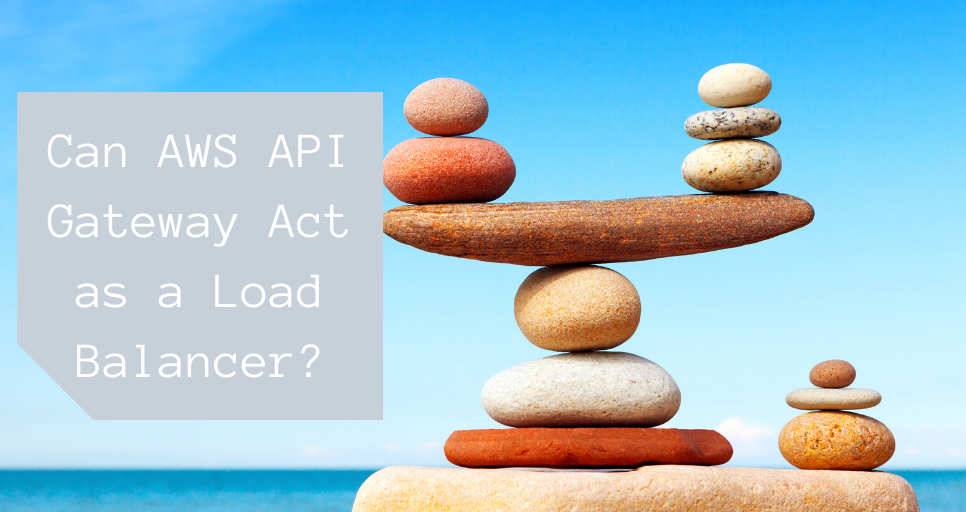API Gateway can replace what a Load Balancer would usually provide, with a simpler interface and many more features on top of it. The downside is that it doesn’t come cheap.
Load balancers have been one of the most common ways to expose a backend API to the public or even to an internal/private audience. API Gateways seem to provide the same functionality: map and connect HTTP requests to a backend service. So, are they the same or are there any differences? Can API Gateway actually provide the balancing of load? Which one is the best for Serverless architectures?
For the purposes of this article, we will look into AWS offerings for API Gateway (API GW) and Application Load Balancer(ALB).
What is a Load Balancer
An ALB is a central interface that enables better scalability to connect clients and backend services through HTTP requests. Each Load Balancer might offer multiple HTTP endpoints pointing to one or more infrastructure resources.
The client requests an endpoint /api/service/xyz and the load balancer is responsible for distributing that request to a healthy backend resource (e.g. an EC2 server or a Lambda function). It communicates with the backend service, waits for the results, and packages an HTTP response to the client.
What are Load Balancers used for?
As the name suggests, one of the main purposes of using an ALB is to smooth out and balance demand across a set of resources.
Traditionally, load balancers have been used to distribute requests in a horizontally scaled infrastructure cluster, with systems replicated in multiple servers, where a single server can’t have sufficient power to handle all the demand.
Load Balancers also serve the purpose of decoupling clients and services, which is a good practice from a cloud architecture perspective.
#api #aws #api gateway #load balancer
